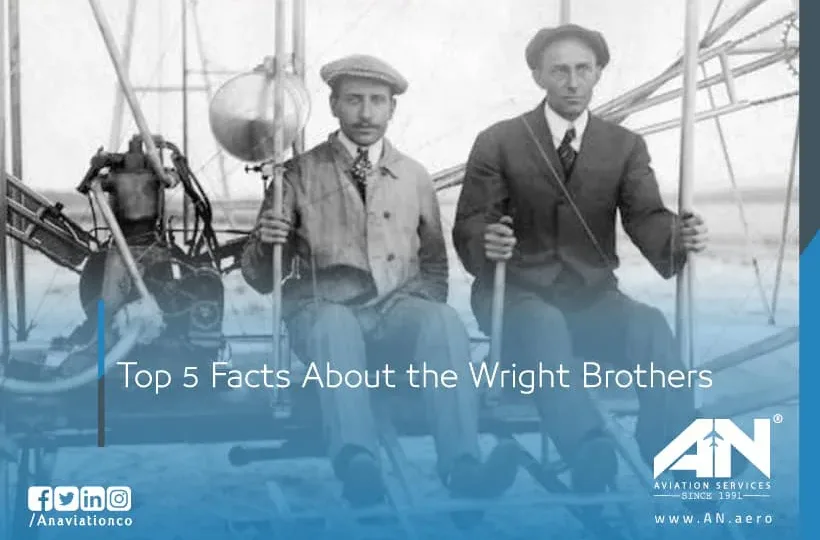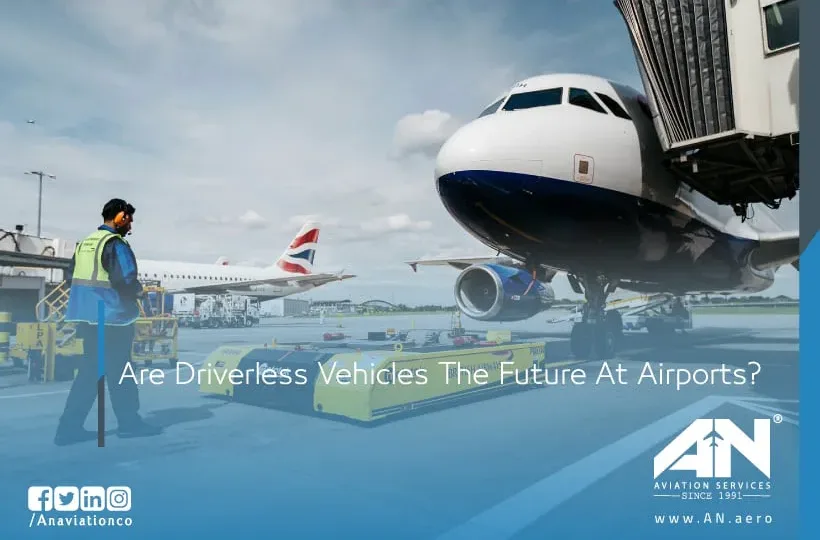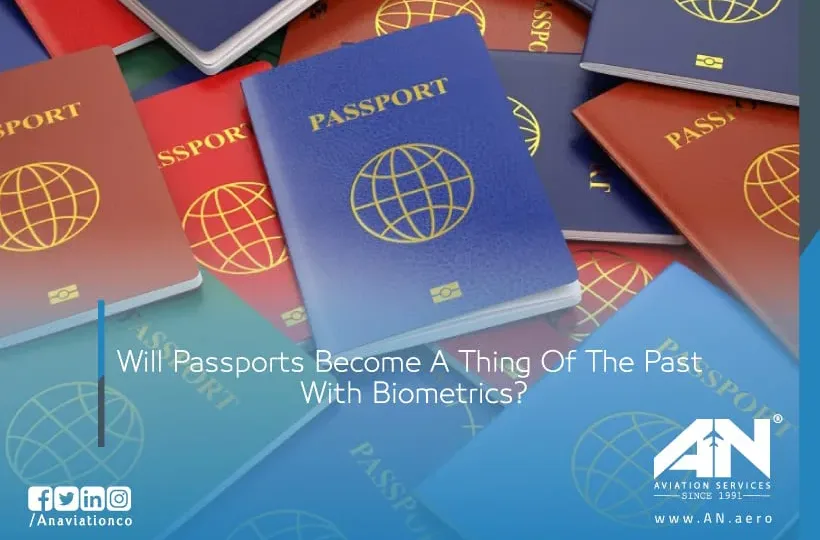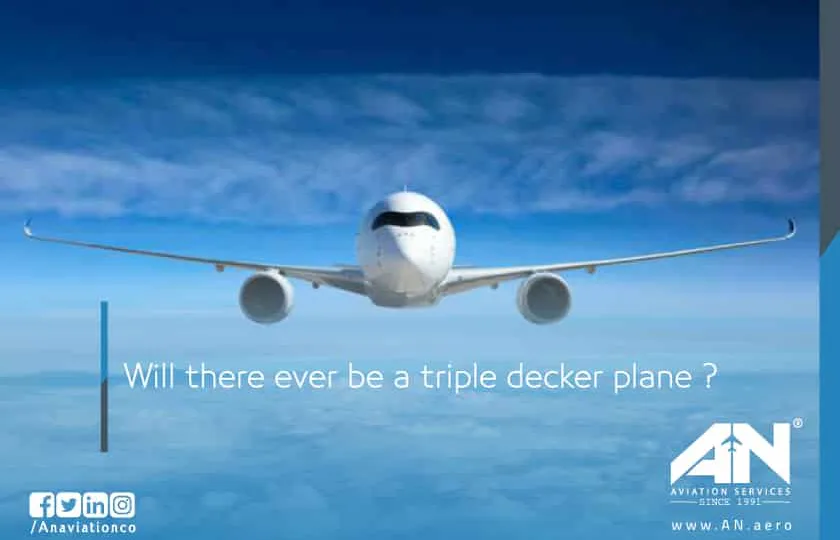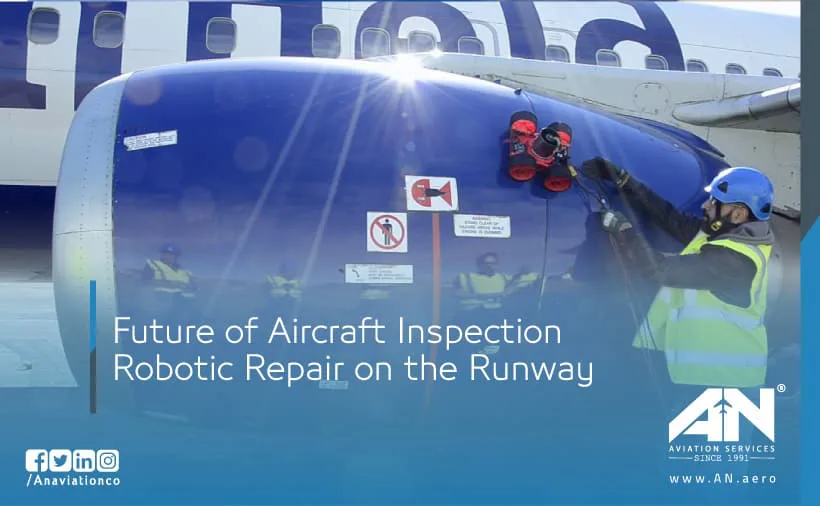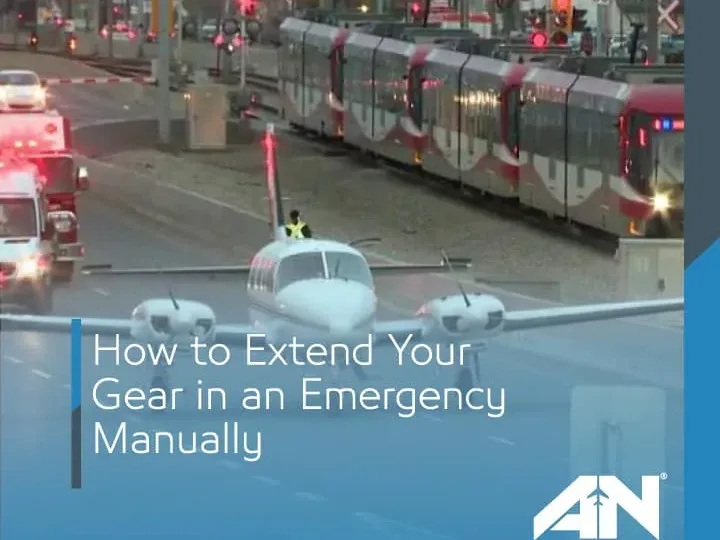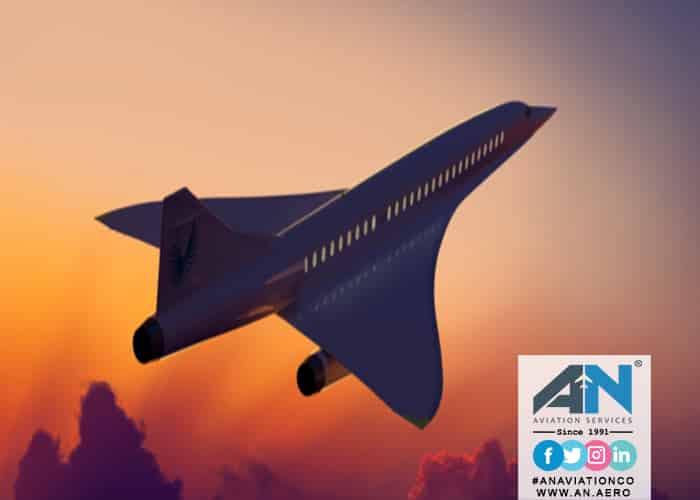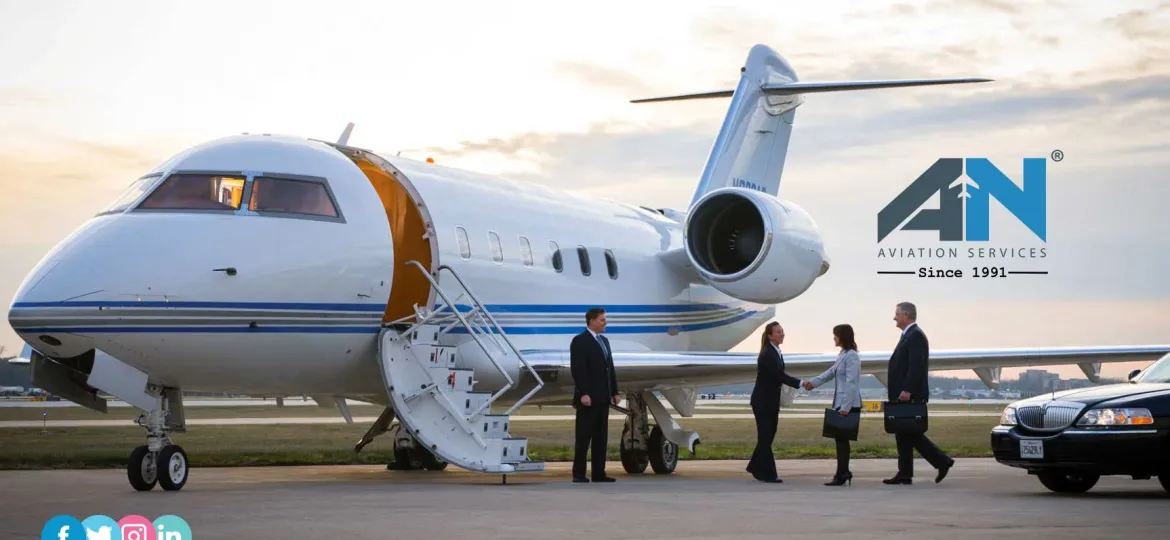When you think about the pioneers of aviation, Orville and Wilbur Wright, better known as the Wright Brothers, are the names that instantly come to mind.
Bishoy Sater
These fully autonomous vehicles are no longer just part of science fiction—they’re rapidly becoming a reality in various industries, and airports are no exception.
The way we travel internationally is rapidly changing, and one of the most significant shifts involves the potential replacement of traditional passports with biometric technology.
From the early days of single-level cabins to the iconic double-decker planes like the Boeing 747 and Airbus A380, aviation technology has consistently pushed the boundaries of what’s possible.
The aviation industry has always been at the forefront of innovation, constantly seeking ways to improve safety, efficiency, and performance. One area experiencing a groundbreaking transformation is aircraft inspection and maintenance.
For pilots, having a thorough understanding of aircraft systems is essential, especially when faced with unforeseen emergencies.
But when it comes to the type of aircraft used—narrowbody or widebody—there’s an ongoing debate about which is better suited for long haul flights.
The Airbus A340, renowned for its long-haul capabilities and impressive range, is an engineering marvel. However, being a large, four-engine aircraft, it requires a considerable takeoff length to safely lift off the runway.
In the late 20th century, the concorde became a symbol of supersonic air travel, allowing passengers to cross the Atlantic in record-breaking time.
Flying on a private jet isn’t just about skipping long lines at the airport or avoiding crowded cabins—it’s about experiencing a completely different level of freedom, privacy, and luxury.


